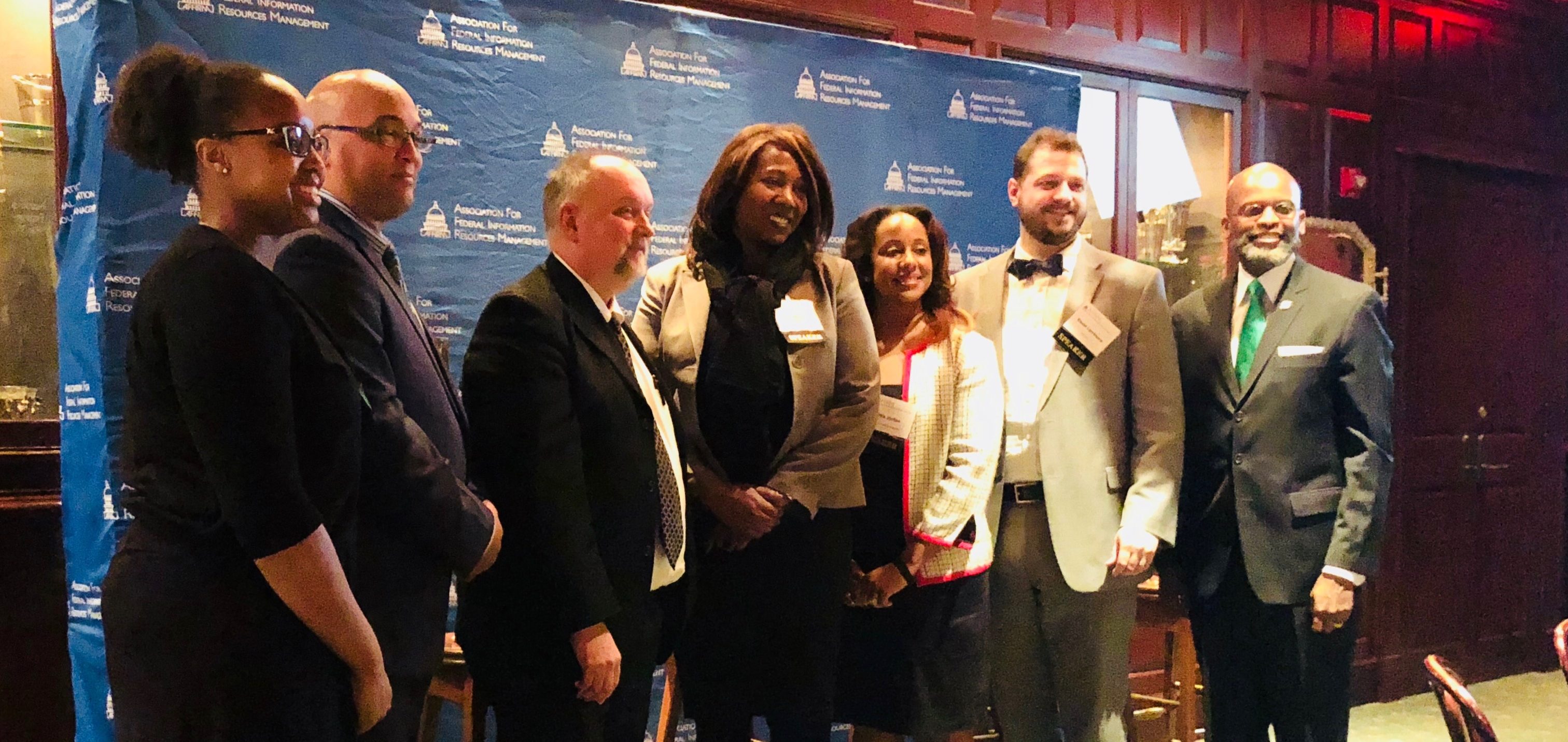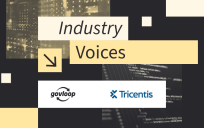The impetus for modernizing aging federal technology is greater than ever before. With the Final IT Modernization Report being released at the end of 2017 as well as the enactment of the Modernizing Government (MGT) act, federal government is doubling down on efforts to ensure modernization projects are successful.
But to make the most of the MGT Act and all IT modernization has to offer, agency leaders must use their resources wisely and tap into expertise from industry and the public sector alike. In a recent panel by the Association for Federal Information Resources Management (AFFIRM), GovLoop’s Managing Editor, Nicole Blake Johnson, moderated a dynamic group of government and industry forerunners about their approaches to building a more secure and effective government through IT modernization.
The panel included:
- Edward Davis Jr., Acting Chief Information Officer (CIO), Corporation for National and Community Service
- Mia Jordan, CIO, Agriculture Department (USDA), Rural Development
- Rory Schultz, Client Executive, USDA
- Pamela Wise-Martinez, Chief Cloud & Enterprise Data Architect, Pension Benefit Guaranty Corporation
- David Larrimore, Chief Technology Officer, Homeland Security, Immigration and Customs Enforcement
Below are highlights from the Q&A portion of the panel discussion.
How do you define IT modernization and why does it matter to you?
For most, IT modernization means continuing forward, but the clear theme that rang true across the board was that IT modernization is critical to security and improved customer service delivery.
For agencies such as CNCS that manage programs like AmeriCorps, modernization is critical to improving relationships with government, industry and non-profit partners. “IT modernization is a necessity in today’s era,” Davis Jr. said. “The legacy systems that are out there with little mice running in wheels cause inefficiencies and are risks to our customers. Modernizing is critical to our success and continual movement to being better.”
Larger agencies like USDA have a broad impact on the American population ranging from the average consumer to farmers in the Heartland. “It’s part of the lifecycle of a system,” Jordan said. “It’s like bridges and roads. Every once in a while you have to patch and fix.”
“There used to be a joke about IT modernization meaning just changing the program,” Schultz added. “But it’s different today. We have to ensure our citizens and consumers have the right technology to be able to take care of the demands out there. It’s making sure American citizens have faith in their government.”
How do you assess what needs to be modernized? What criteria do you use?
Understanding their agency enterprise and tying it to citizen service delivery was the consistent strategy the leaders use in prioritizing their modernization efforts.
“[At CNCS] we use process, priority and vision,” Davies Jr. said. “On the vision side, we talk to our customers and ask them, ‘Where are you going and where do you want to go?’ And we use the technologies to enable that vision. Then we go through the process using enterprise architecture, take it and weave it into an actionable strategic plan. With priority, we ask specific questions and walk the customers through the process based on their identified priorities. We then go back to customers and show them. When they tell us we’re right, we move forward.”
Smaller agencies like PBGC are focusing on enterprise architecture to deliver better, modernized services to their customers. “For us [at PBGC], we prioritize a three-legged stool: cloud, modernization and security,” Wise-Martinez said. “Standards are our way forward. We do a business analysis to determine exactly the needs of the customer, who they are and their current architecture. Once that process starts, we look at the cloud technologies they’re using.”
What does the IT modernization fund and the MGT Act mean for your organization?
For the larger and medium sized agencies, the funding offered under the MGT Act holds much promise.
“The MGT Act will allow for some innovation outside the appropriations cycles,” Jordan said. “If you have to wait for the Office of Management and Budget to improve services or address regulatory requirements, it can be challenging since we follow the private sector on home sales and new requirements. What will end up happening is we will see an uptick of better and improved services.”
While USDA is underway in partnering with the General Services Administration’s new IT modernization centers of excellence and using working capital funds, provided under the MGT Act, the agency is hoping to fund proposals for enterprise-products or services. “I’m hoping they can see the art of the possible,” Jordan added. To help prioritize which projects would be approved a “representative will sit on a governance panel from various entities in the department to help make the funding decisions.”
“The working capital funds give you a lot of freedom but restrictions too,” Schultz said. “We’re spending at least a week discussing what our fiscal ‘19 rates are going to be so we can come back to our customers and tell them what we’re going to have to charge.”
Agencies like PBGC are looking to develop a more streamlined approach for business, IT and cybersecurity with cloud and managed services through the central modernization fund. “We have our plan and we will try to execute on that as best as we can,” Wise-Martinez said. “If that means groveling and doing what we need to do to deliver to our customers, that’s what we’ll do.”
For other smaller and component agencies, such as CNCS and ICE, the MGT Act and modernization fund won’t be applicable.
“For us, flat is the new up and it will continue to be that way for a while,” Larrimore said. “I do feel the MGT act is a phenomenal opportunity for agencies that aren’t able to help themselves. Other agencies have changing laws and a lot on their shoulders, like Customs and Border and Protection.”
Ultimately, each of the experts hope to move forward with modernizing and securing their systems through cloud and improved citizen-facing interfaces to deliver more responsive services. “We are starting to look at what industry and customers are saying,” Wise-Martinez concluded. “We want to keep delivering our projects on time and under budget. We are looking to lessen our energy footprint where we can and develop strategies that will give us more bang for the buck. Cloud is definitely on the roadmap for us.”





Leave a Reply
You must be logged in to post a comment.